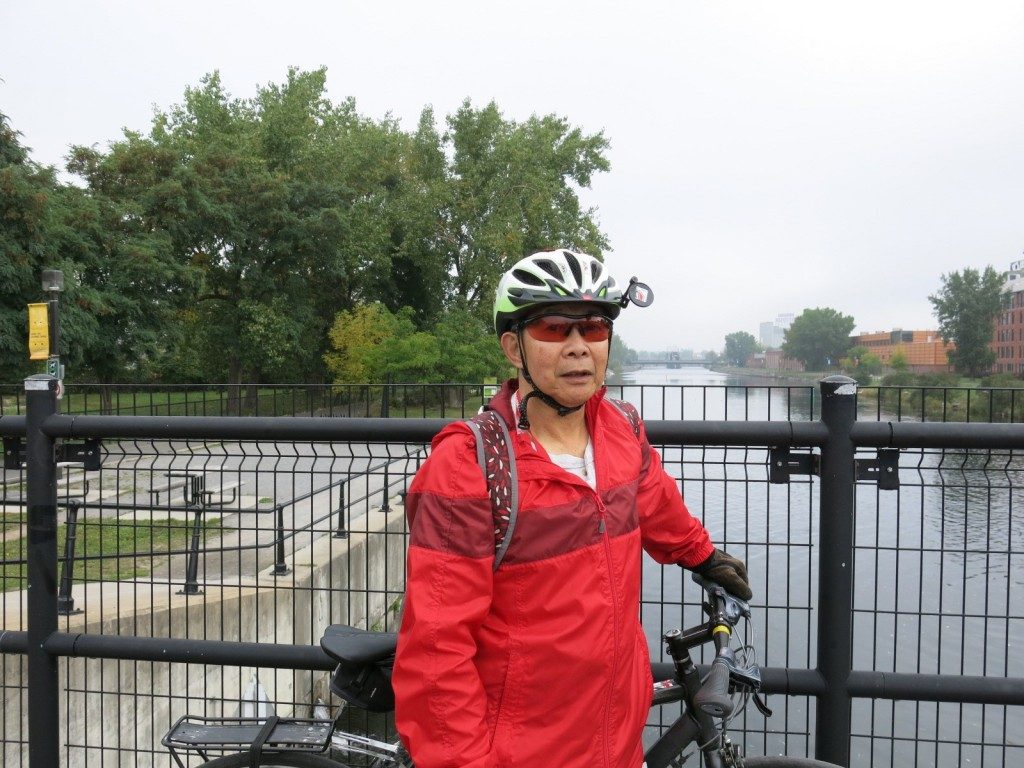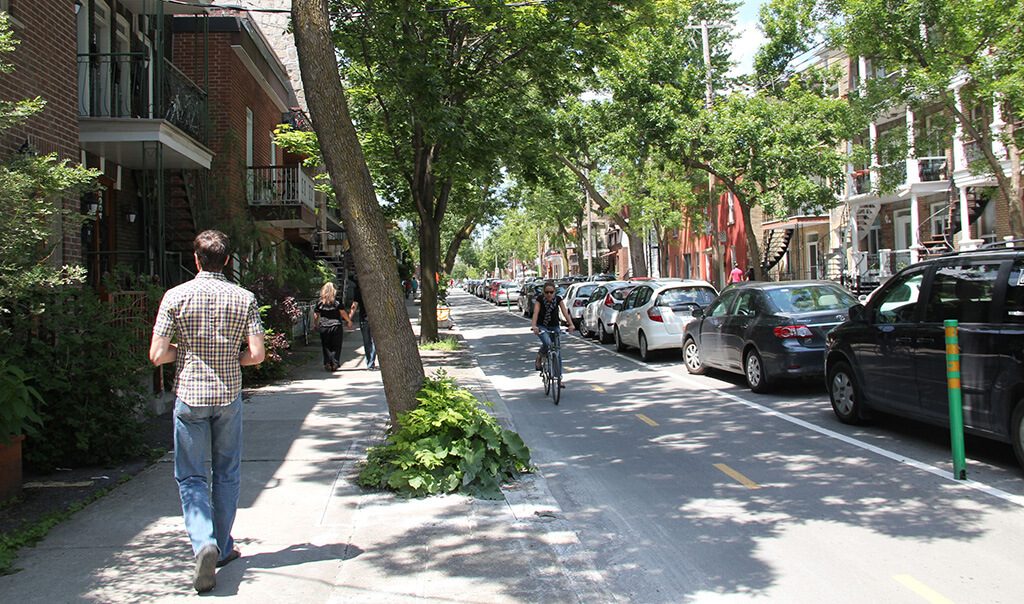The Cross Canada Cycle Tour Society June 2017, Volume 34, Issue #6
Welcome New Members
| Kristi | Vaughn | White Salmon | USA |
| Brian | Davy | Ottawa | ON |
| Margaret | Riley | Pemberton | BC |
| Gail | Robb | Cowichan Bay | BC |
| Linda | Graupner | Ottawa | ON |
| Darlene | Wilde | Parksville | BC |
| Michael | Imai | Courtenay | ON |
| Iain | Jardine-MacIntyre | White Rock | BC |
| John | Ward | Victoria | BC |
| Karen | Wolfe | Kelowna | BC |
Upcoming Hub and Spokes
Upcoming Tours
- 2017 Portland
- 2017 BC Lakes and Mountains
- 2017 Ireland – Wild Atlantic Way
- 2017 Munich to Venice
- 2017 Ottawa Valley
- 2017 Princeton
David Lee Obituary
Our friend, David was a member of the CCCTS for a number of years, participating in a number of events with the club, including the Montreal to Quebec City tour of 2014, as well as the hub and spoke in Vancouver last year. Dave was active in his retirement with a number of organizations, volunteering at the Provincial museum, Operation Trackshoes, Emergency Services in Saanich, Bike to Work Week Victoria, and the Victoria Jazz Festival among others. He formed lasting friendships with many of the people he met on his bike tours over the last decade.
Dave was born May 7, 1944 and passed away April 30, 2017 at the Royal Jubilee Hospital from complications after surgery. He will be missed by his family and many friends.
Montreal to Quebec City Tour in 2014 (picture was taken in Montreal).
Brian Collier
Volunteer delivers meals to seniors by bike despite visual impairment
Vanessa Lee, CTV Montreal, May 19, 2017
Meals-on-Wheels volunteers Andre Beaudoin and Anick Bergeron ride a tandem bike in Montreal.
A Quebec man isn’t letting his visual impairment stop him from delivering meals to low income seniors, thanks to a bicycle built for two.
Andre Beaudoin, 66, supplies pedal power while his fellow Meals-on-Wheels
volunteer Anick Bergeron steers their tandem delivery bike around Montreal.
“I really enjoy it. I feel the wind, the speed of the bike and all that,” Beaudoin told CTV News.
Anick said the pair almost fell off the bike the first time they tried it, but they no longer have any trouble maintaining balance.
Beaudoin says some of the seniors he serves seem surprised when they first realize he can’t see. “So what?” he says. “We can do this.”
The retired computer programmer says the volunteer work is his way of giving back after he received help while growing up.
Beaudoin recalls volunteers reading books to him at school, allowing him to learn before technology made things easier for the visually impaired.
“I decided, well, someday I’ll help other people, too,” he says.
Meals-on-Wheels client Barbara Jarnes was among those surprised when they first met Beaudoin. “I thought, my God, how brave how amazing! –that these guys come on bicycles to deliver these meals,” she says.
Beaudoin says he enjoys the work, from the exercise he gets to the interesting conversations he has with elderly people each week.
He says he doesn’t intend on giving up anytime soon. “As long as I can do it, I’ll do it,” he says.
Building Bike Lanes Could Slow Climate Change, New Research Finds
Scientists at McGill University connect increased bike infrastructure to decreased fuel emissions.
Written by: Hilary Angus
Parking-protected bike lanes in Montreal’s Plateau neighborhood, which has one of the highest cycling mode shares in North America. Photo by Karen
Most people understand that a reduction in driving could have a measurable impact on slowing the process of climate change by reducing harmful tailpipe emissions, but how do you convince enough people to refrain from driving?
New research presented by scientists at McGill University suggests that the construction of safe bike infrastructure could significantly reduce vehicle tailpipe emissions by offering potential motorists an attractive alternative to getting in their cars. Basically, it’s the “if you build it, they will come” philosophy many advocates lean on to champion bike infrastructure, backed up by scientists.
To arrive at their findings, the Canadian-based team of researchers looked at how commuter cycling modal share has evolved with changes in the built environment in Montreal, QC. They looked at automobile and bicycle trip information from origin–destination surveys for the years 1998, 2003 and 2008, and, after controlling for other factors in the built environment, determined how the construction of new bike infrastructure instigated shifts from automobile mode share toward cycling mode share.
“A statistically significant association is also found between the index of bicycle infrastructure accessibility and bike mode choice,” says the study. “An increase of 10% in the accessibility index results in a 3.7% increase in the ridership.”
The researchers then analyzed the specific reduction in Greenhouse Gas emissions (GHG) that was produced by the construction of dedicated bike infrastructure and subsequent reduction in driving, noting, “A reduction of close to 2% in GHG emissions is observed for an increase of 7% in the length of the bicycle network.”
If that figure doesn’t seem significant, consider that the same reduction in emissions for Montreal’s public transit system would require the city’s entire fleet of buses to converted to hybrid, and its entire commuter rail line to be electrified. That undertaking would be not be cheap.
A single 40-foot hybrid bus costs CAN $450,000. For the same amount of dough, you can build approximately 3.5 miles (5.5 km) of new bike lanes. When you consider that the Montreal’s public transportation service runs multiple buses on over 200 routes each day, you have a pretty strong economic case to prioritize building those bike lanes.
While critics point out that the study is too limited in its scope – after all it could just be some other element specific to Montreal that lends itself to a strong cycling culture – the finding is corroborated by numerous other studies which link increased bicycle infrastructure to increased ridership.
A 2014 study undertaken by researchers in Portland determined that the construction of new bike lanes led to an increase in ridership anywhere from 21 to 171 percent in different neighborhoods, with about 10 percent of that increase drawn from other modes. Similarly, a 2015 survey conducted by PeopleForBikes determined that 54 percent of Americans spoken to would like to bike more, but fear of getting hit by a car holds them back. A further 46 percent agreed they would bike more if there was a physical barrier separating them from automobile traffic.
So building bike lanes is a effective method to increase ridership, and increasing ridership is an effective method to combat climate change. What are we waiting for?
Newsbrief
Published at least ten times a year by The Cross Canada Cycle Tour Society, a non – profit organization for retired people and others who enjoy recreational cycling.
Items for the NEWSBRIEF must be received by the 28th of the month. The Editor reserves the right to edit for clarity, brevity and suitability of publication. The views expressed in the “NEWSBRIEF” are not necessarily those of the CCCTS or the Editor.
Submissions for NEWSBRIEF should be emailed to derailler@gmail.com
Please be sure to notify the office of any changes in your personal contact information; be it address, phone or e-mail.



